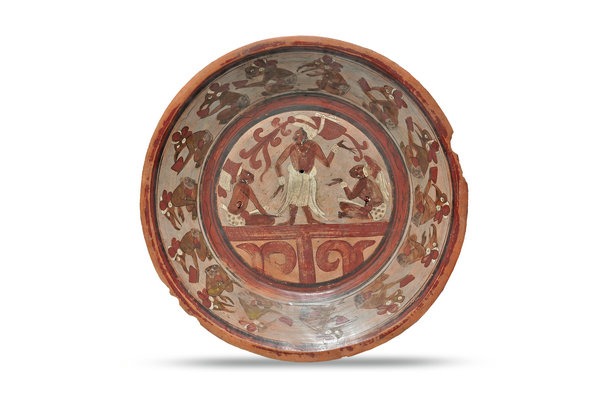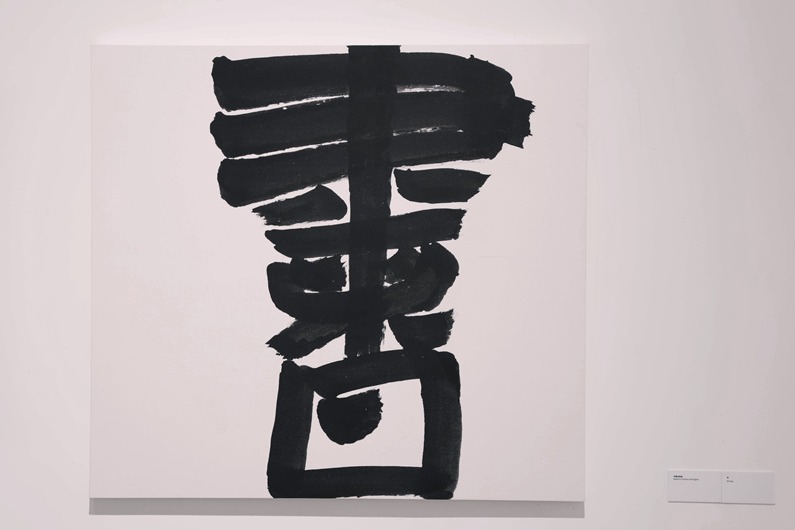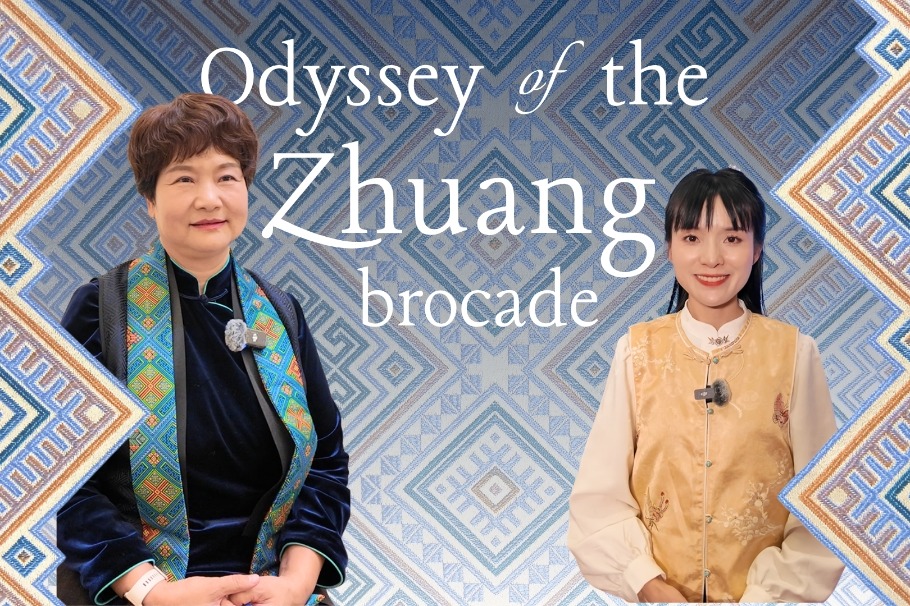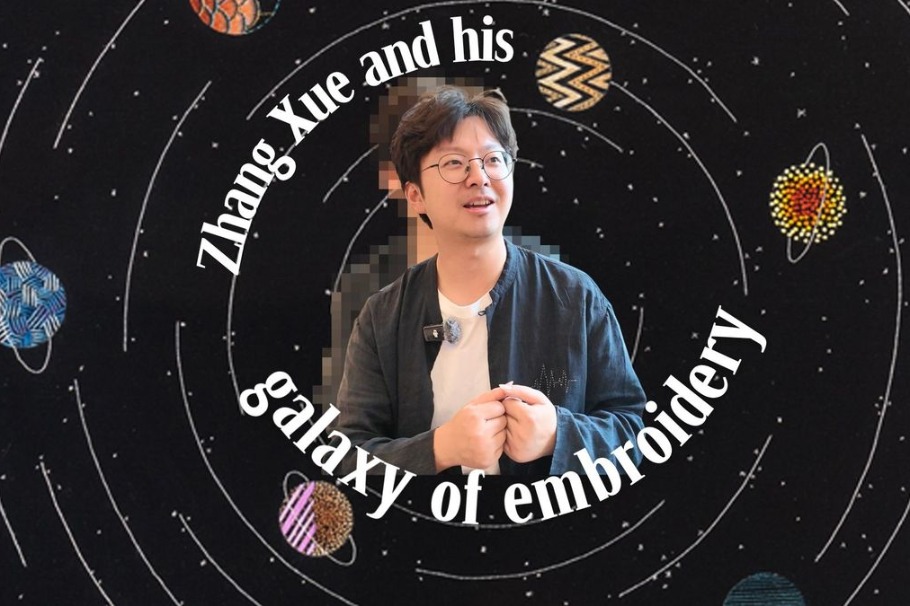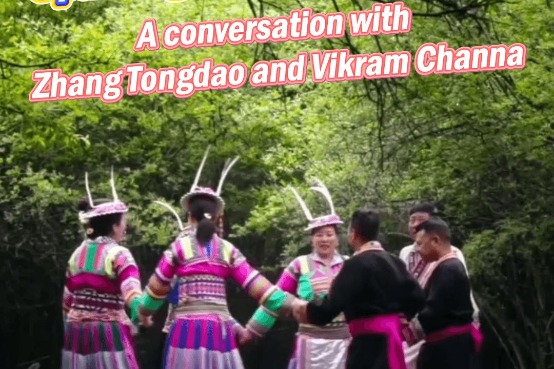Winter Clothing Festival: A day of remembrance and warmth


Customs
The central custom of the festival is burning paper winter clothing. In the past, this ritual carried strong symbolism and emotional weight. Families prepared sheets of brightly colored paper—often red, blue, or yellow—and cut them into the shapes of cotton-padded jackets and trousers. These paper garments were stitched with thread, decorated with simple patterns, or even inscribed with the names of departed family members. Some were stuffed with cotton to represent real warmth.
On the festival day, people carried these paper clothes, along with incense and offerings, to their ancestors' graves, sending blessings and comfort to loved ones in the other world.
Today, while this custom continues, many communities also promote eco-friendly alternatives such as virtual memorials, offering flowers, or using natural, biodegradable items.
In some regions, people also enjoy special foods on this day, such as red bean rice—believed to ward off evil and bring blessings—and glutinous rice cakes. Families may also prepare fried foods or dumplings as offerings, symbolizing abundance and unity.
Cultural significance
The Winter Clothing Festival is more than a ritual—it reflects the deep Chinese values of honoring ancestors, remembering one's roots, and maintaining continuity between past and present. As autumn fades into winter, people send warmth to those who came before them, strengthening a spiritual bond that transcends life and death. The festival serves as a reminder to respect the past, cherish loved ones, and carry forward the traditions that shape cultural identity.


















